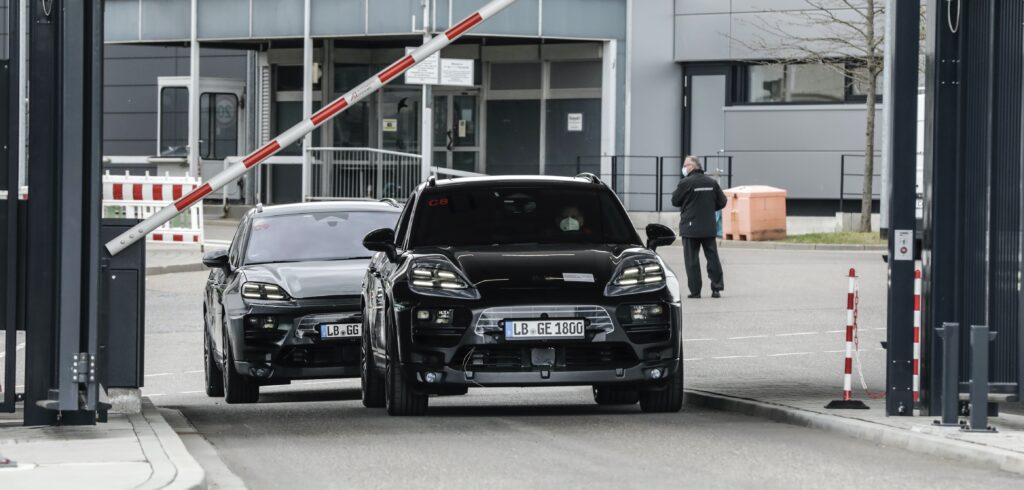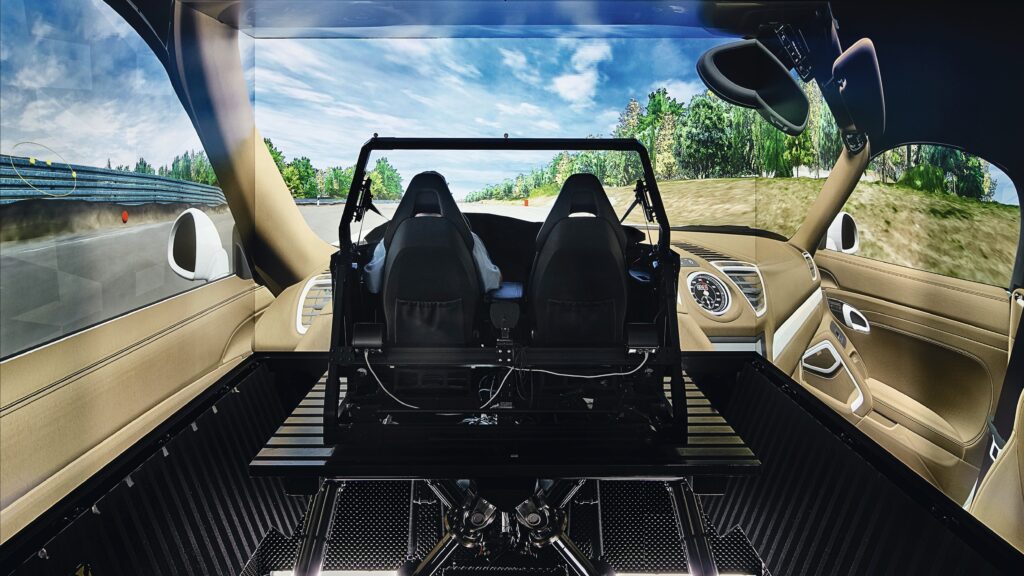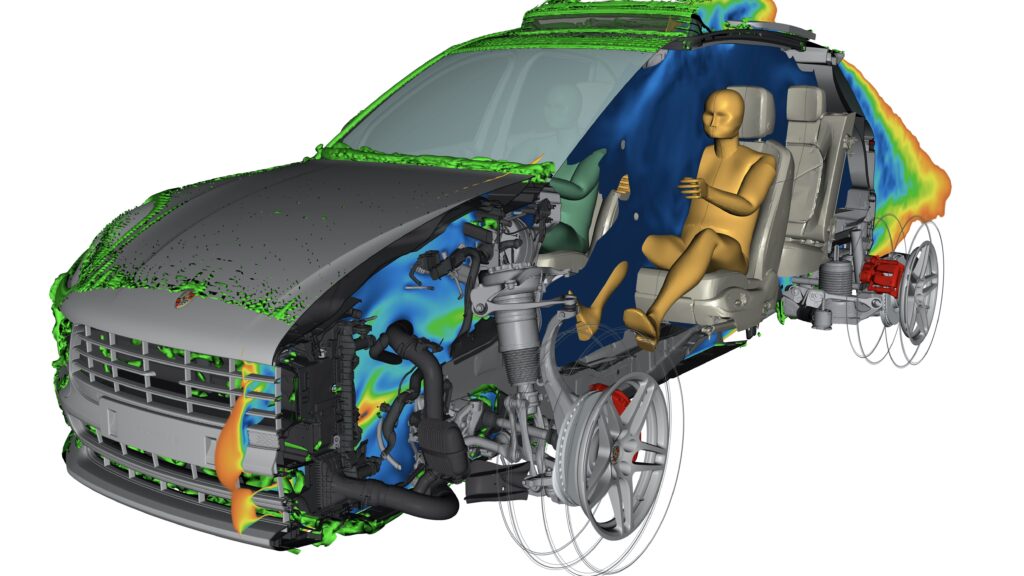After initial testing on the proving grounds of Porsche’s development center in Weissach, Germany, the next-generation prototypes of the company’s electric Macan SUV are now heading onto the roads for the first time.
“Testing in a real-life environment is now getting underway – one of the most important milestones in the development process,” said Michael Steiner, member of the executive board, research and development, at Porsche.
By the time the all-electric Macan is launched onto the market in 2023, Porsche says it will have covered some three million test kilometers worldwide, across varying conditions, with development also benefiting from extensive testing in the virtual realm.
Porsche has developed 20 digital prototypes of the Macan for the purpose of simulation across a number of development categories, such as aerodynamics, energy management, operation and acoustics.
“We regularly collate the data from the various departments and use it to build up a complete, virtual vehicle that is as detailed as possible,” explained Andreas Huber, manager for digital prototypes at Porsche.
This, notes the company, enables previously undiscovered design conflicts to be swiftly identified and resolved.
Porsche’s aerodynamics specialists were among the first engineers to work with a digital prototype.
“We started with a flow-around model when the project first started about four years ago,” reported Thomas Wiegand, director of aerodynamics development. Low aerodynamic drag is fundamental to the all-electric Macan, benefiting range, and as such, even minor flow enhancements can make a notable difference to overall vehicle efficiency. “The digital world is indispensable to the development of the all-electric Macan,” added Wiegand.
Porsche reveals that the virtual prototypes were combined with real-world scenarios at an early stage. For example, during the development of the display and operating concept for the next generation of Macan, a seat box mock-up was used to recreate the driver’s environment, in conjunction with the digital prototype.
“Simulation allows us to assess displays, operating procedures and the changing influences during a journey from the driver’s point of view,” explained Fabian Klausmann of the driver experience development department.
The first physical prototypes of the all-electric Macan were built based on the data obtained from these simulations, then regularly adapted based on the virtual refinement process. By the same token, the findings from road testing are fed directly into digital development.
“Endurance testing on closed-off testing facilities and public roads in real-life conditions is still indispensable to ensure that the vehicle structure, operational stability and reliability of hardware, software and all functions meet our high quality standards,” said Steiner.




